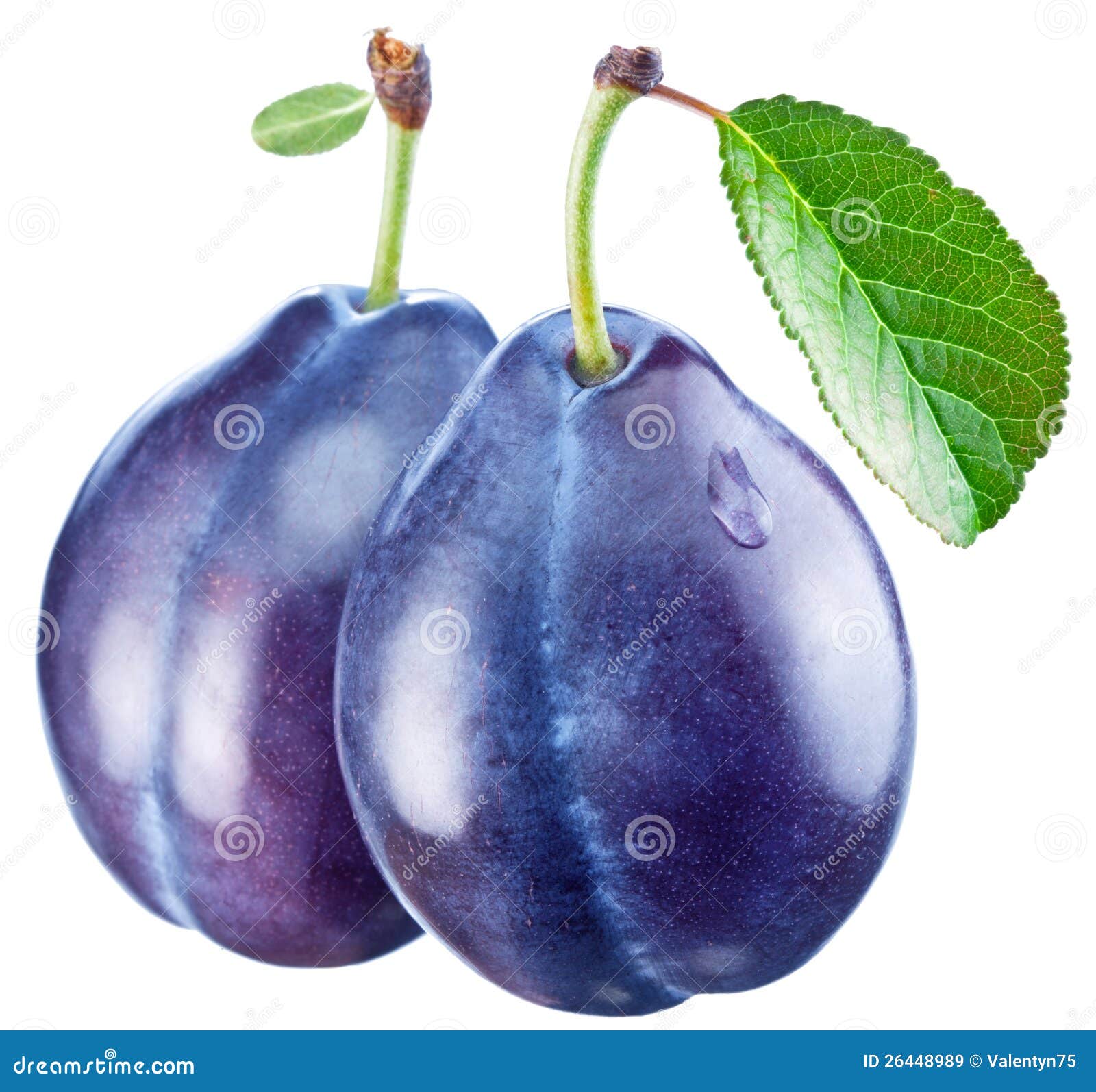
It plays a role in preventing constipation by adding bulk to your stool and may speed up the rate that waste moves through your digestive tract ( 3, 4).Īdditionally, prunes and prune juice contain sorbitol, which is a sugar alcohol with natural laxative effects ( 4, 5).Įating prunes has been shown to be more effective at treating constipation than many other types of laxatives, such as psyllium, which is a type of fiber often used for constipation relief ( 6). The fiber in prunes is mostly insoluble, which means it does not blend with water. This is partly due to the high amount of fiber in prunes. Prunes and prune juice are well known for their ability to relieve constipation. Additionally, prunes contain more calories, fiber and carbs than fresh plums. The vitamin and mineral content of plums and prunes differs slightly, but both are packed with nutrients. In addition, prunes are higher in calories, fiber and carbs than fresh plums. Prunes contain more vitamin K than plums and are somewhat higher in B vitamins and minerals. Overall, the vitamin and mineral content of one serving of plums and prunes differs slightly. A 1-ounce (28-gram) serving of prunes contains the following ( 2): Prunesīy weight, prunes are higher in calories than plums. One plum contains the following nutrients ( 1):Īdditionally, one plum provides a small amount of B vitamins, phosphorus and magnesium ( 1). Plums are relatively low in calories, but contain a fair amount of important vitamins and minerals.

Here is an overview of the nutrition profiles of plums and prunes. They contain over 15 different vitamins and minerals, in addition to fiber and antioxidants.

Plums and prunes are impressively high in nutrients.


 0 kommentar(er)
0 kommentar(er)
